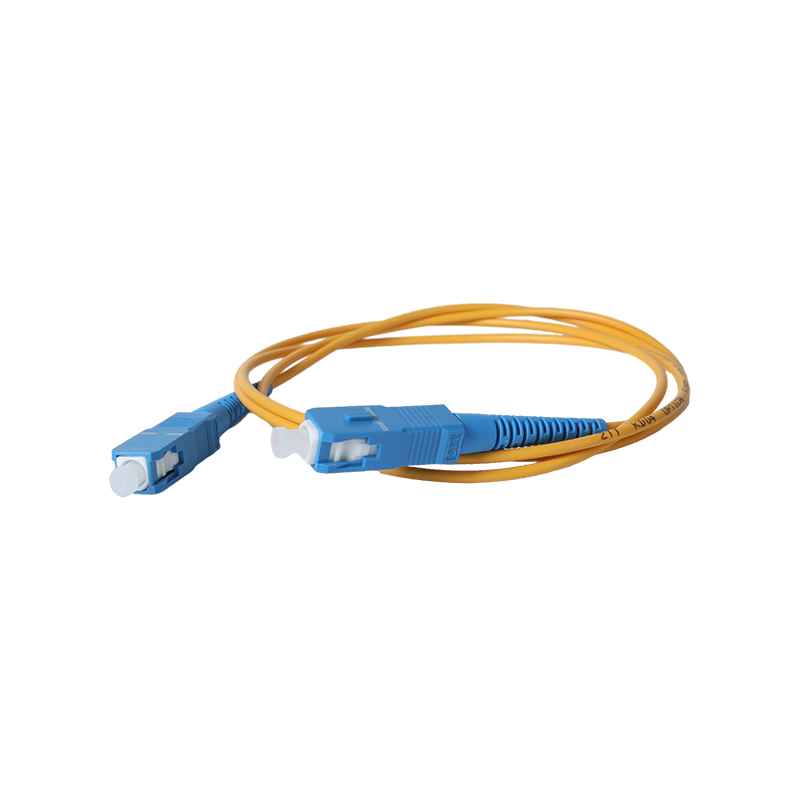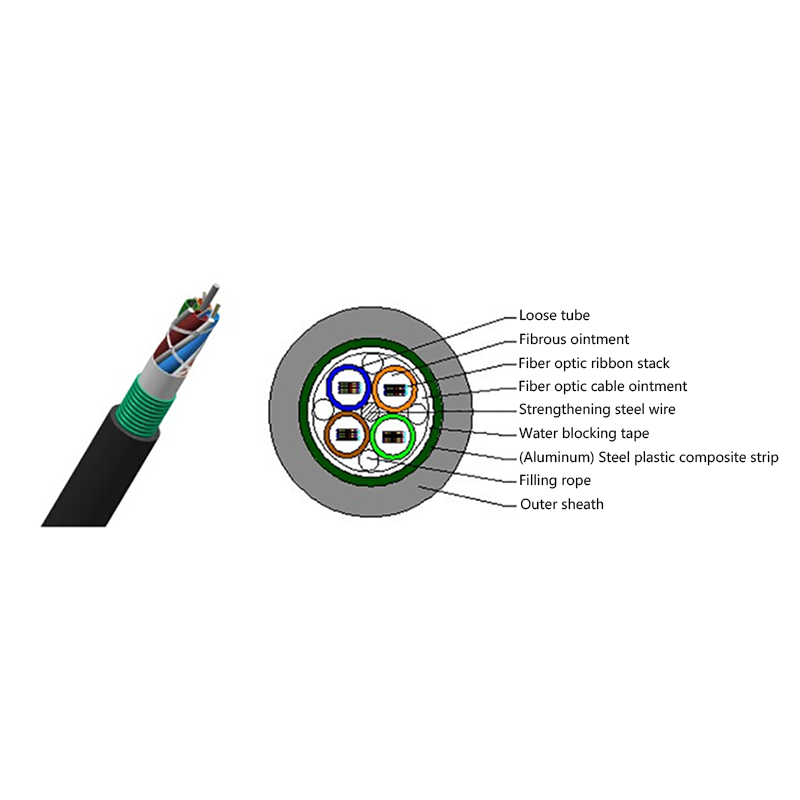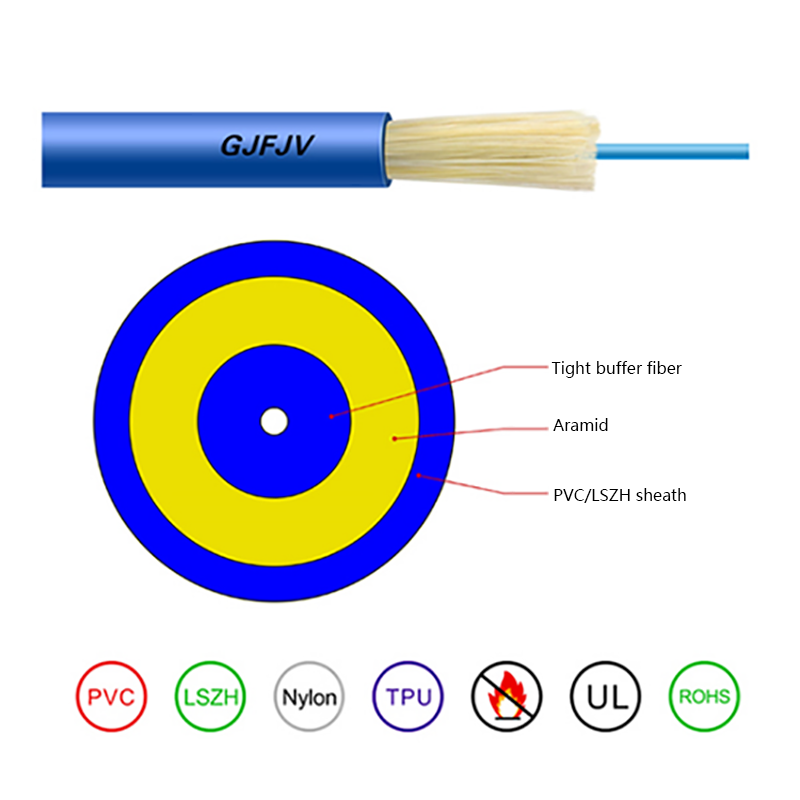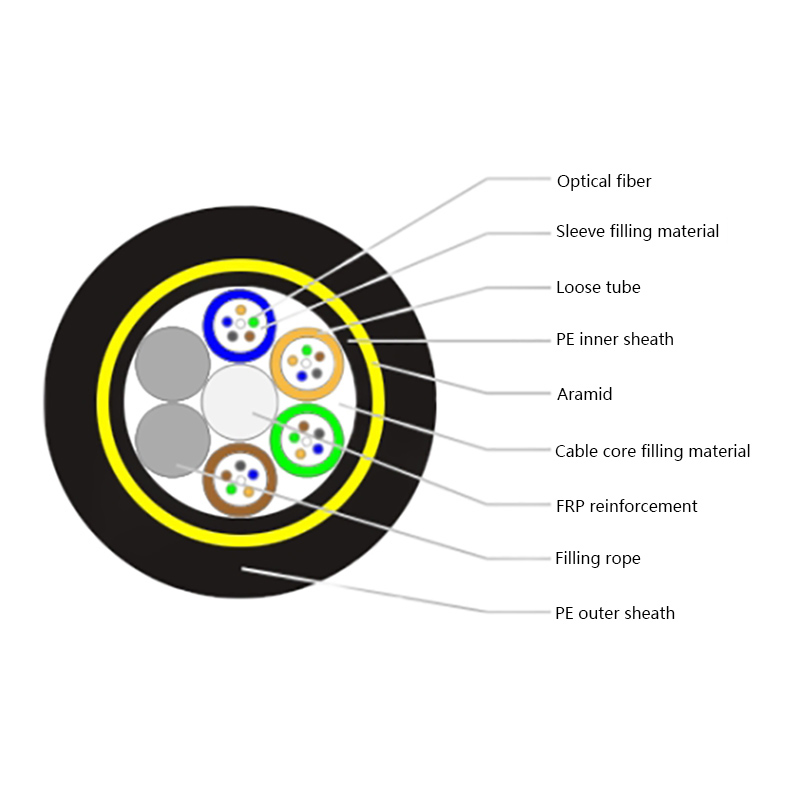FTTH Butterfly Optic Cables: Revolutionizing Fiber-to-the-Home Connectivity
In the swiftly evolving landscape of telecommunications, Fiber-to-the-Home (FTTH) technology stands as the pinnacle of high-speed, reliable broadband delivery. At the heart of this advancement lies the often-overlooked yet indispensable component: the FTTH butterfly optic cable. These cables, characterized by their unique design and remarkable versatility, are reshaping how fiber optics networks extend directly into residences and businesses.
Unveiling the Butterfly Cable Architecture
The term “butterfly” in FTTH butterfly optic cables refers to their distinctive structural design. Unlike traditional fiber optic cables, butterfly cables feature a flat, ribbon-like configuration where multiple individual fibers are arranged side by side within a slender, flexible sheath. This architecture allows for exceptional density and ease of handling, facilitating a streamlined deployment process in densely populated urban environments and constrained conduit spaces.
The compactness of butterfly optic cables is not merely a matter of convenience but a strategic engineering solution. It optimizes spatial efficiency while minimizing cable bend radius limitations — a critical parameter when navigating complex installation pathways. The butterfly design thereby ensures minimal signal attenuation and enhanced mechanical resilience.
The Strategic Advantages in FTTH Deployments
Butterfly optic cables emerge as the ideal choice for FTTH applications due to several intrinsic attributes. Foremost is their scalability. Network providers can accommodate rapid subscriber growth by simply leveraging additional fibers within the cable’s ribbon array, eliminating the need for costly infrastructure overhauls. This preemptive capacity planning is vital in today’s bandwidth-hungry society.
Furthermore, the modularity of butterfly cables facilitates simplified splicing and connectorization. The flat ribbon structure allows technicians to perform mass fusion splicing — a process where multiple fibers are simultaneously joined, significantly reducing installation time and error potential. This efficiency translates into cost savings and expedited service rollouts.
Environmental robustness is another compelling attribute. FTTH butterfly cables typically incorporate water-blocking materials and ruggedized jackets that protect against moisture ingress, rodent damage, and UV exposure. Such durability ensures consistent performance over the cable’s operational lifespan, often exceeding 25 years.
Material Innovation and Optical Performance
The fibers within butterfly cables employ cutting-edge glass compositions with ultra-low attenuation coefficients, enabling signals to travel longer distances without degradation. These single-mode fibers support vast data transmission capacities, essential for future-proofing FTTH networks as 5G and beyond demand ever-increasing throughput.
Additionally, the butterfly cable’s sheath often features flame-retardant and halogen-free compounds, aligning with stringent safety standards. This ensures that deployments within residential buildings and public infrastructures adhere to rigorous regulatory compliance, a non-negotiable aspect in modern network construction.

Applications Beyond Traditional FTTH
While butterfly optic cables are predominantly associated with residential broadband, their application spectrum extends far beyond. They are employed in enterprise campuses, smart city infrastructure, and even in certain aerospace communications systems where weight and space constraints dictate cable choice.
Moreover, their adaptability makes them suitable for both aerial and subterranean installations. The ability to seamlessly transition between environments without compromising optical integrity underscores their versatility.
The Economic and Operational Implications
From a business perspective, adopting FTTH butterfly optic cables can markedly reduce total cost of ownership (TCO). The combination of simplified installation, reduced maintenance requirements, and inherent scalability mitigates operational expenditures. For service providers, this means accelerated return on investment and enhanced competitiveness.
Furthermore, end-users benefit from the reliable, ultra-high-speed connectivity that butterfly cables enable, unlocking new possibilities for telemedicine, remote work, and immersive digital entertainment. The symbiosis of technical superiority and economic viability positions butterfly optic cables as the cornerstone of next-generation fiber networks.
FTTH butterfly optic cables represent a sophisticated convergence of design innovation, material science, and practical engineering. Their unique form factor, combined with superior optical performance and environmental durability, makes them indispensable for modern fiber deployments. As the demand for seamless, high-capacity broadband escalates, butterfly cables will continue to underpin the infrastructure that drives digital transformation across the globe. For stakeholders seeking to future-proof their fiber networks, these cables offer an unparalleled blend of reliability, efficiency, and scalability — truly the butterfly effect in optical communications.



 English
English русский
русский Español
Español عربى
عربى 中文简体
中文简体




















